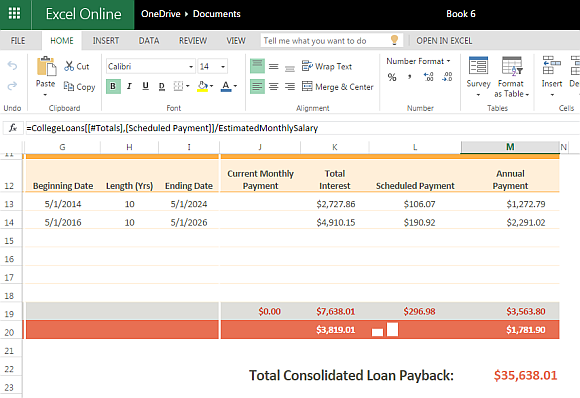

If you deposit $5,000 in a bank savings account, this amount represents the principal, or present value, of the money you invested.

Present Value (PV): This is the principal amount.Several concepts contribute to the time value of money: When you invest money in a bank savings account, you’re a lender you’re lending your money to the bank, and the bank is borrowing it from you. When you take out a loan to purchase an automobile, you’re a borrower, and the institution that provides the funds to you is the lender. In other words, you’re either a lender or a borrower. The time value of money depends on your perspective. Part II: Working with Formulas and Functions If your goal is to maximize the amount received, you need to take into account not only the face value of the money but also the time value of the money when it arrives in your hands. In other words, a dollar invested today will be worth more tomorrow.įor example, imagine that your rich uncle decided to give away some money and asked you to choose one of the following options: It is based on the premise that money increases in value over time because of interest earned by the money. This concept involves calculating the value of money in the past, present, or future. A key consideration is the time value of money. The face value of money may not always be what it seems. This chapter discusses basic financial calculations that you can perform with the assistance of Excel. These decisions range from simple ( Can I afford to buy a new car?) to complex ( Will purchasing XYZ Corporation result in a positive cash flow in the next 18 months?). Every day, people make hundreds of thousands of financial decisions based on the numbers that are calculated in a It’s a safe bet that the most common use of Excel is to perform calculations involving money. Reviewing the Available ActiveX Controls.Understanding the Different Web Formats.Working with External Reference Formulas.Using Formulas for Data Validation Rules.Types of Validation Criteria You Can Apply.Displaying a Sparkline for a Dynamic Range.User Interface Choices for Modifying Chart Elements.Understanding the Dimensions of an Array.Conditional Sums Using Multiple Criteria.Conditional Sums Using a Single Criterion.Creating Custom Views of Your Worksheet.Preventing Certain Cells from Being Printed.Copying Page Setup Settings across Sheets.Adding a Header or Footer to Your Reports.Using Named Styles for Easier Formatting.Adding a Background Image to a Worksheet.Entering Dates and Times into Your Worksheets.Entering Text and Values into Your Worksheets.


 0 kommentar(er)
0 kommentar(er)
